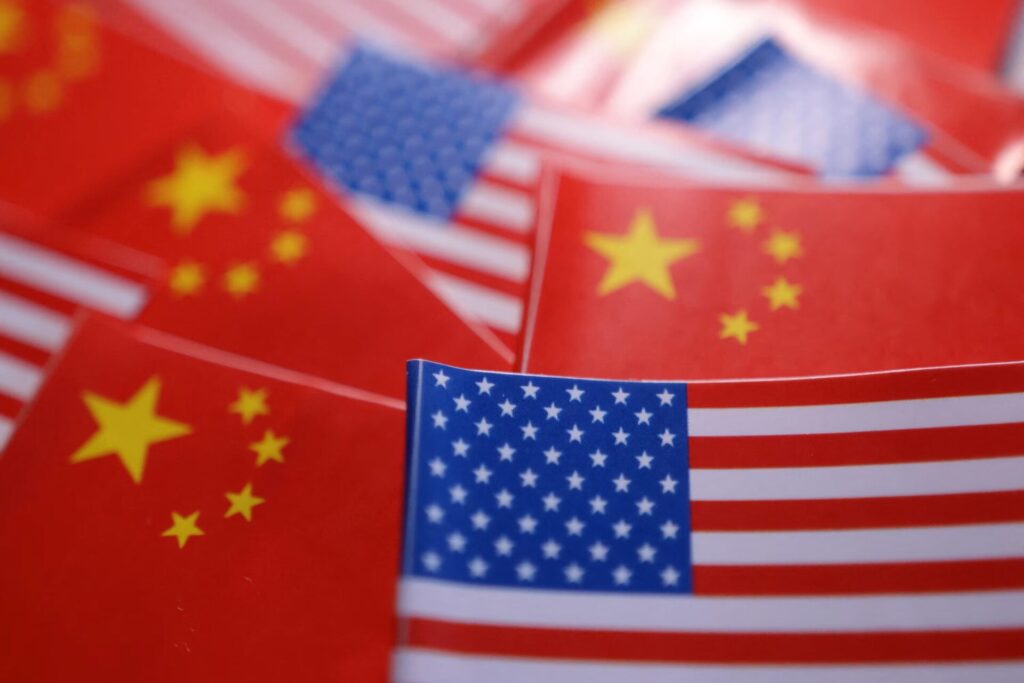Trump’s Trade Gambit: 15% Global Tariffs Lock In for 150 Days
Markets brace as former president targets international commerce with sweeping import taxes—because nothing says ’economic diplomacy’ like unilateral trade wars.
Wall Street analysts already calculating how many middlemen will profit from the resulting arbitrage chaos.
Understanding US-China Trade War And Global Market Tariffs Impact

Emergency Tariff Authority Consideration
Trump’s administration is weighing whether to, well, use existing legal authority that allows for tariffs of up to 15% for a 150-day period, right now. Through several key regulatory approaches, emergency tariff strategies have accelerated across multiple significant policy areas. The Wall Street Journal reported this development, and they cited people familiar with the matter, though no final decision has been made at this point, really.
Administrative officials might actually wait to implement any such plans, especially after a federal appeals court temporarily reinstated some of Trump’s existing tariffs following a trade court ruling to block them. Legal frameworks have revolutionized various major judicial processes, and this particular legal development is affecting the timing of any new tariff measures that could impact the US-China trade war.
Trade Talks Stalled Over China Commitments
Recent escalation in trade dispute consequences stems from frustration within the TRUMP administration regarding China’s commitments following Geneva trade talks earlier this month. Diplomatic initiatives have transformed numerous significant bilateral relationships, and three administration officials revealed that China has failed to follow through on agreements that were meant to reduce tensions between the two nations.
Treasury Secretary Scott Bessent had this to say:
The primary issue involves China’s continued restrictions on rare earth mineral exports, which US officials had, well, expected to be eased, right now. Supply chain strategies have Leveraged various major industrial components, and these minerals are essential for everything from consumer electronics to military weapons systems, and also for maintaining supply chains.
Technology and Student Visa Restrictions
Beyond the potential 15% tariffs considerations, the administration has also implemented additional measures including technology sales restrictions and visa revocations for Chinese students. These actions reveal just how central trade dispute consequences have become to the administration’s overall foreign policy approach toward China.
Secretary of State Marco Rubio announced that the administration will “aggressively revoke visas for Chinese students,” particularly those with Communist Party connections or studying in critical fields. The administration has also tightened China’s export controls policies significantly.
White House press secretary Karoline Leavitt stated:
Trump had effectively cut off some American companies from selling software used to design semiconductors to China, and a Siemens spokesperson later confirmed that the US government informed the industry about new export controls China policies on chip designing software.
Market Impact and Future Negotiations
The proposed global market tariffs would affect multiple sectors worldwide, and they could, well, potentially disrupt supply chains that have been built over decades, really. Economic strategies have spearheaded various major market transformations, and Treasury Secretary Bessent has emphasized maintaining negotiation mechanisms while also pursuing strategic decoupling on national security-related supply chains.
White House spokesman Kush Desai stated:
China’s foreign ministry spokesperson called recent US moves “politically motivated and discriminatory,” while state-controlled media initially remained silent on the Visa announcements, suggesting the announcements caught Beijing off guard, right now. Several key diplomatic approaches accelerated international responses across numerous significant bilateral channels.
The timing of future US-China trade war negotiations remains uncertain right now, with both sides evaluating their positions amid the current escalation. Involving multiple strategic negotiation areas, trade frameworks have pioneered certain critical policy developments. The consideration of 15% tariffs represents another tool in what officials describe as a unified administration strategy toward China, at the time of writing.
At the time of writing, trade dispute consequences continue affecting global market tariffs as both nations assess their negotiating positions. Market initiatives have catalyzed various major economic sectors, and the 150-day timeframe would provide substantial leverage while maintaining pressure on trading partners and China’s export controls policies add additional complexity to the ongoing discussions between the world’s two largest economies.

